Introduction to the flavor and taste characteristics of Arabica coffee bean producing area ranked among the top ten coffee producing countries in the world
Coffee trees are evergreen shrubs, suitable for growing in the subtropics and tropics, distributed between the Tropic of Cancer, also known as the coffee belt or coffee area. However, not only coffee seedlings planted in the coffee belt can grow, but also with other environmental factors. Although coffee trees are tropical plants, they are not resistant to extreme heat and humidity, nor can they be insolated all day long, so coffee trees are mostly planted on slopes with good drainage. Except for the right temperature, the number of sunshine hours is relatively short on the flat ground. Based on the above conditions, most of Africa is located in the coffee belt, but it is not the largest producing area. At present, Asia accounts for 32% of the world's output, 12% in Africa, 13% in Central America and 43% in South America.
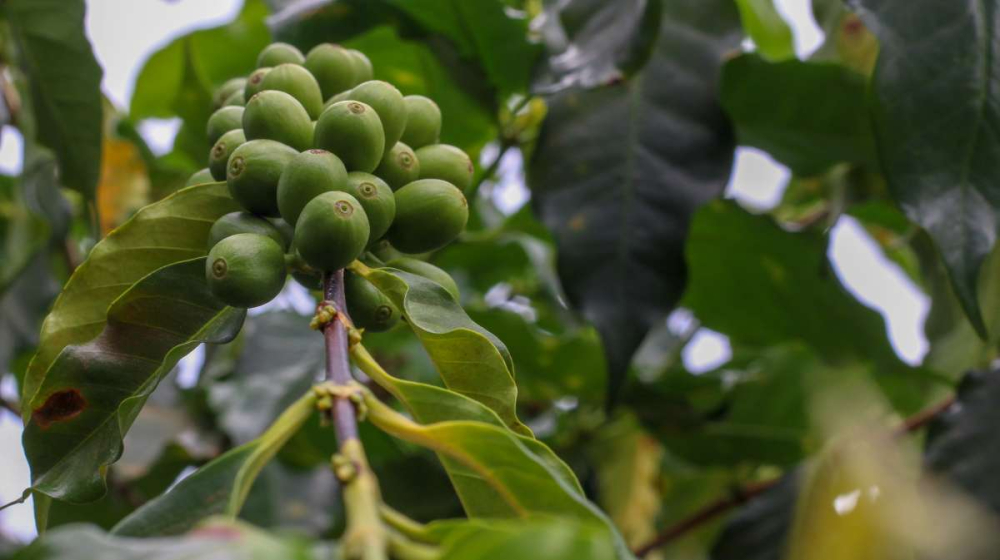
Due to the difference between the terrain of the coffee belt and the microclimate, the varieties suitable for planting are also different. at present, the coffee varieties widely used in commercial use are Arabica, Robusta and Liberika. Among them, Arabica has the best flavor and the largest proportion of output (70%). So nine of the top ten countries with the highest production are mainly growing Arabica. The following front street introduces the characteristics of coffee beans in these coffee-producing countries.
Brazilian coffee beans
Brazil is the largest coffee producer. The main producing areas in Brazil are Minas Gerais MinasGerais, S ã o Paulo Sao Paulo, Bahia Bahia and Esp í rito Santo Espirito Santo, which account for 90% of the country's exports. Our common Santos Santos and Mochiana Mogiana come from S ã o Paulo, Syracuse Cerrado and South Minas Sul de Minas in Minas Gerais because of their high altitude and produce high-quality Brazilian coffee beans. Sirado is located west of Minas Gerais, a flat plateau at 750m--1200m above sea level.
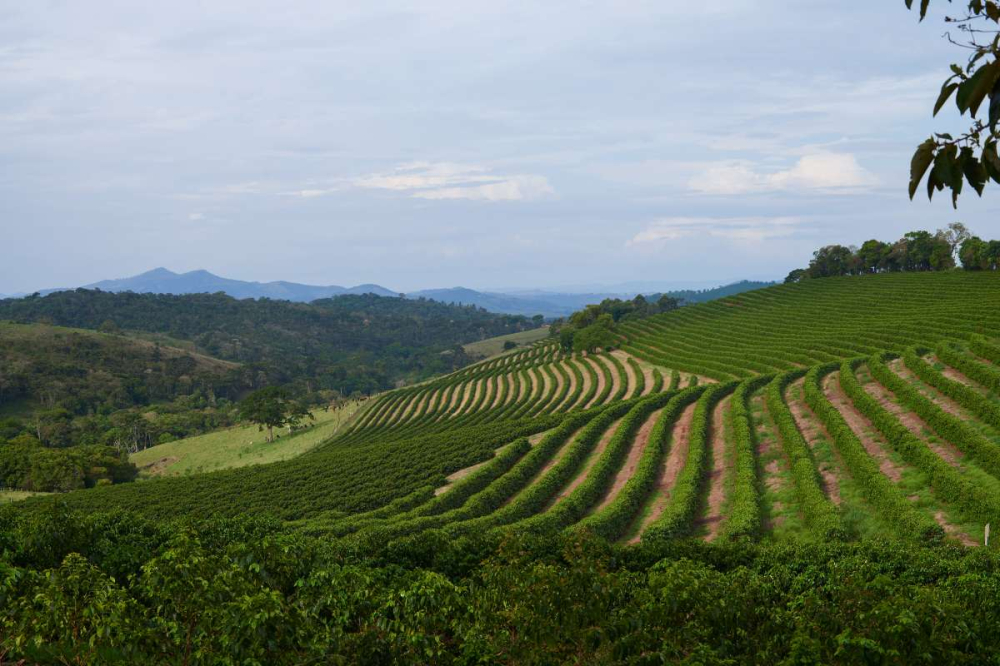
South Minas is the hilly woodland of 700m-1200m above sea level, and it is the earliest production area of Brazilian coffee. Due to the increase in labor costs, it is now mostly harvested by machinery, and it is also the earliest commercialized area of coffee. We can see many large exporters here. Bahia, located in the north of Brazil, mainly produces washing in Brazil, and Esprito Santo, near the sea, is the main export area of Brazilian Robusta varieties.
Brazilian Arabica beans are mainly red bourbon, its flavor is chocolate, peanut, cream, taste balanced and mellow. If friends want to try the flavor of Brazilian beans, they can choose Brazilian rations beans from the front street, which are produced in the Syrador area, with half-sun treatment and medium-deep baking in the front street. highlight the nutty creamy, caramel chocolate flavor of this bean.
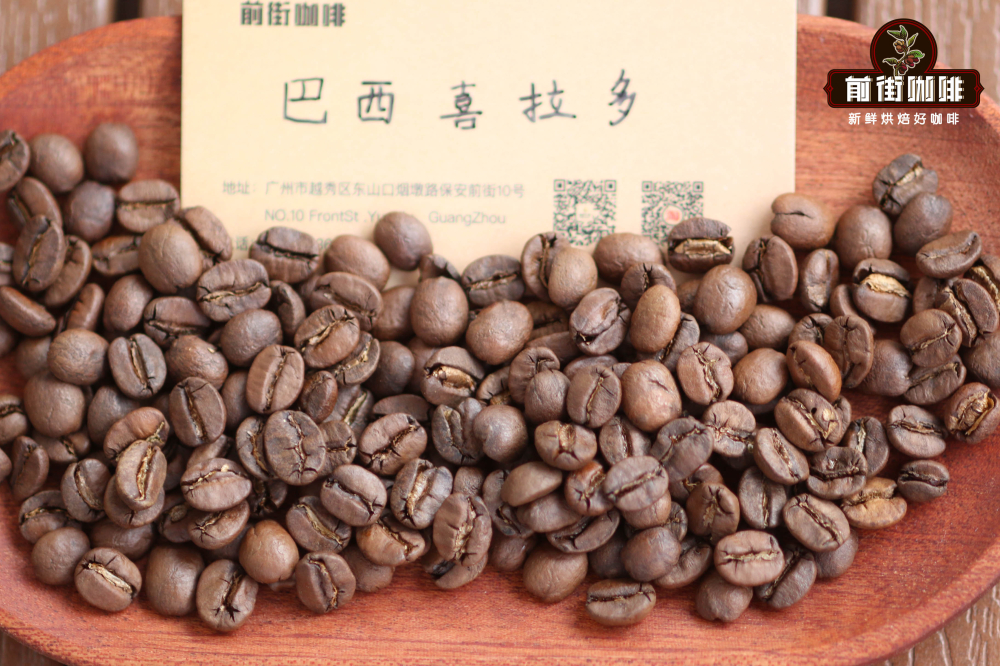
Vietnamese coffee beans
Vietnam is the second largest coffee producer, mainly growing Robusta because it is generally below 800 meters above sea level. There are also imported Robusta coffee beans from Vietnam on Qianjie, but they are not used for individual beans, but as ingredients for blending beans. Because Robusta's own flavor is not friendly, usually like bitter mugi-cha 's taste, but it has a more mellow and full taste. Therefore, adding a small amount of Robusta to the bean blending scheme can increase the overall alcohol thickness.
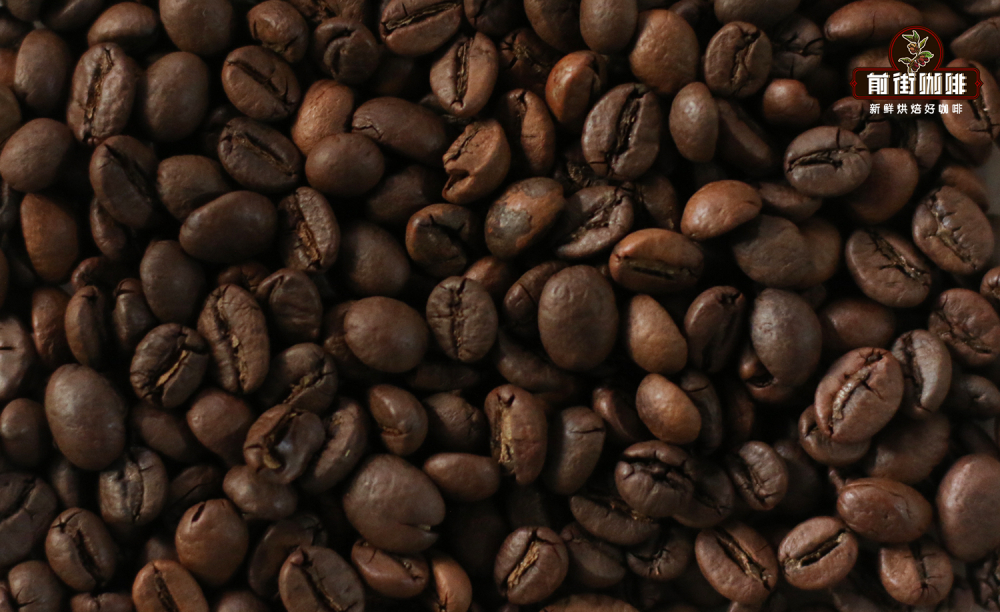
The commercial spaghetti beans in front street are made of 60% Arabica in Brazil, 30% Arabica in Colombia and 10% Robusta in Vietnam. The extracted espresso is rich in oil and has a very strong coffee flavor.
Colombian coffee beans
Colombia is the third largest coffee producer, but its output is much lower than that of the previous two countries. Arabica coffee beans are grown throughout Colombia, and the main varieties currently grown are Kaddura, Kaduai and Castillo.
Colombian coffee beans can be divided into two types in terms of flavor, one is the traditional washed coffee flavor, the other is the new anaerobic treatment coffee flavor.
Qianjie chose the washed coffee beans from the Cymbidium producing area as the basic food rations in Colombia. The coffee growing in the Cymbidium producing area is 1500-1800 meters above sea level. The coffee variety planted is Kaddura, which is characterized by nuts, dark chocolate, caramel and soft fruit acid.
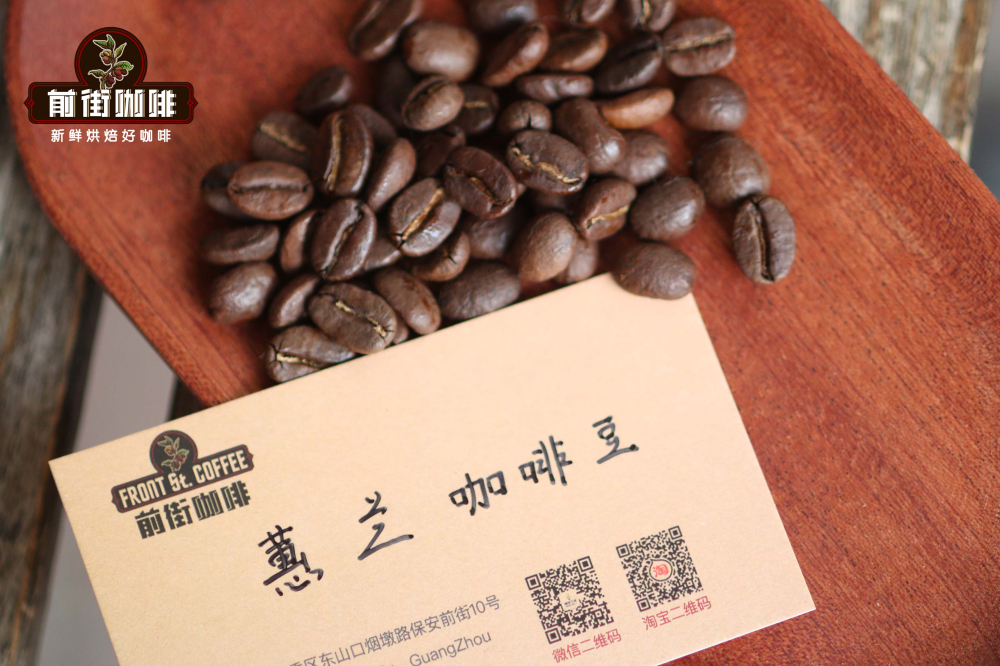
In addition, Huayue Night coffee beans in the same Cymbidium producing area are treated by anaerobic sun treatment, and their flavors are characterized by strawberry jam, roses and wine chocolate.
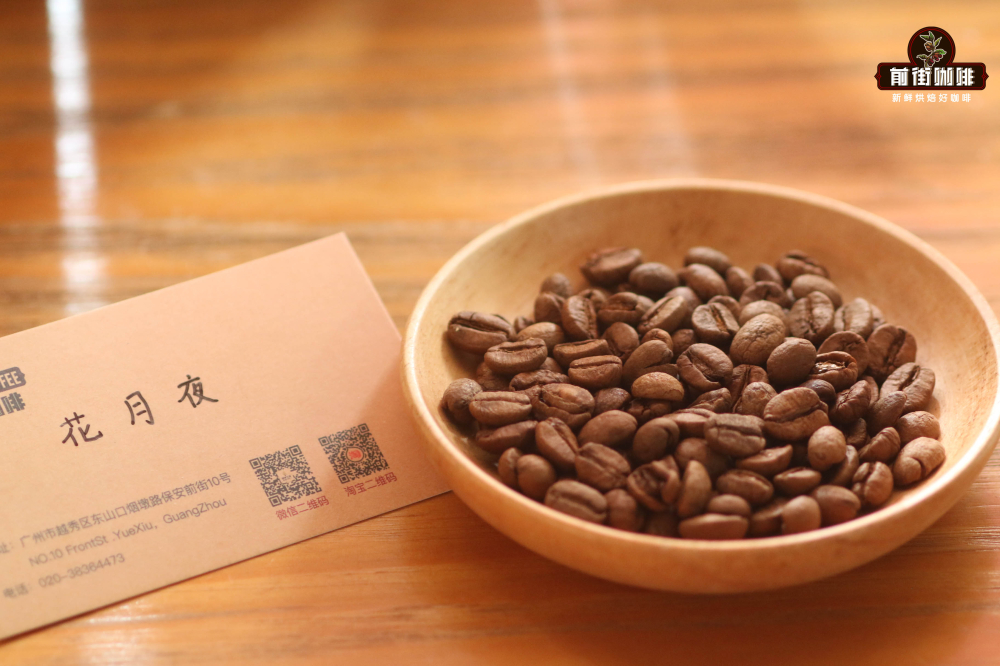
Indonesian coffee beans
Indonesia is the fourth largest coffee producer, mainly robusta beans, but its Arabica beans are also very famous. Arabica beans produced in North Sumatra are called Mantenin and taste very mellow. Among them, Pawani's gold Manning is the most famous.
PWN is the largest purchaser of raw beans in Indonesia. At present, the gold manning series is mainly in the Gayo mountain producing area of Aceh province. After the purchase of raw coffee beans, after three manual selection, the appearance of the same full raw beans, the defect rate is less than 3% is the gold manning, and only the company produces the real gold mantenin. Golden manning coffee has a mellow taste, with caramel and dark chocolate flavor.
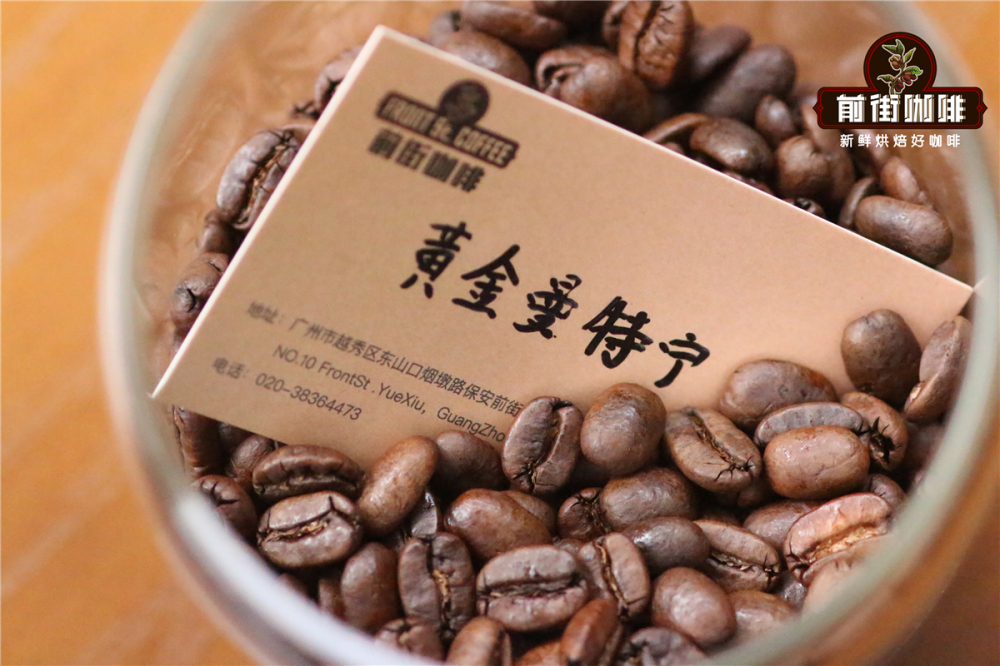
Ethiopian coffee beans
Ethiopia is the birthplace of Arabica coffee beans, and many coffee trees in Ethiopia are native, so the production mode here is very different from that in America. In recent years, Ethiopia has also appeared many excellent small production areas, such as Yega Xuefei, Guji, Wulaga and so on. Because there are many kinds of coffee trees here and the genetic diversity is complex, the varieties generally known to the outside world are summarized as native species.
The most famous coffee bean should be Yega Xuefei. Qianjie also uses washed Yegashifi coffee beans as a representative of Ethiopian rations beans. The flavor of washed Yejia Xuefei is characterized by jasmine, citrus, honey and green tea.
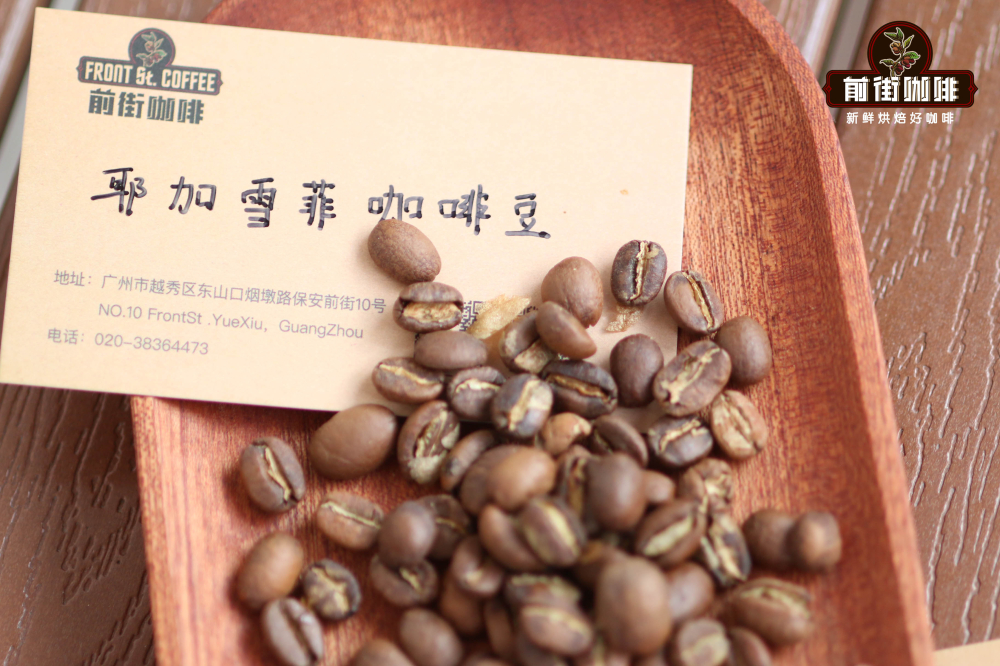
Indian coffee beans
India is also a big producer of coffee beans, mainly Robusta. Karnataka, Clara and Tamil Nader are the main coffee producing areas in India, accounting for more than 90% of the country's coffee production. Today, 2 of Indian coffee 3 is Robusta, while Arabica accounts for only 1 Compact 3. Coffee is mainly distributed in Karnataka in the southwest, and both are grown, accounting for 50% of India's total coffee production; Clara in the south focuses on Robusta, accounting for 30% of the total production; Tamil Nader in the southeast grows both, accounting for 10% of India's total coffee production; the remaining 10% are scattered in the emerging areas of the north.
The more famous coffee beans have wind stains to treat coffee beans, and the wind-stained coffee needs to be made with sun beans. All the factories dealing with wind-stained coffee face to the west to meet the salty monsoon blowing from the southwest sea. The coffee beans are spread flat in the wind field, the windows are all open, and then enter the bag after the wind stains to a certain extent, but because the beans will expand a lot in the process, the coffee beans can not be filled too full. And coffee bags should not be piled too tight to avoid mildew and spoilage due to lack of ventilation, and coffee beans should be poured out from time to time and replaced with sacks in order to avoid breeding mold, which is a time-consuming and labor-consuming project.
The weathering period is about 12 to 16 weeks, and after it is ripe, it will be fumigated to drive out the weevil, and finally the beans will be screened manually to remove the failed beans that have not turned golden. After three to four months of wind treatment, green coffee beans are twice as large in volume and reduced in weight and density.
Honduran coffee beans
Honduras coffee can be divided into six major producing areas, mainly located in the western and southern regions of Copan, Opalaca, Montecillos, Comayagua, Agalta Tropical and El Paraiso. The average height of high-quality products is more than 1100 meters above sea level. 69% of the coffee grown in these areas is HG, and 12% is SHG,19% and CS.
Honduran coffee has a rich and mellow taste, taste is not astringent, not sour, mellow and aroma are very high, quite personality. Honduran coffee can lead to multiple levels of flavor depending on the degree of roasting.
If you want to say the most famous coffee beans in Honduras, it must be Shirley coffee beans, which are produced by Moca Manor in Masaguara and fermented in delicate water-washed whisky buckets. With vanilla cream, sherry, chocolate flavor.
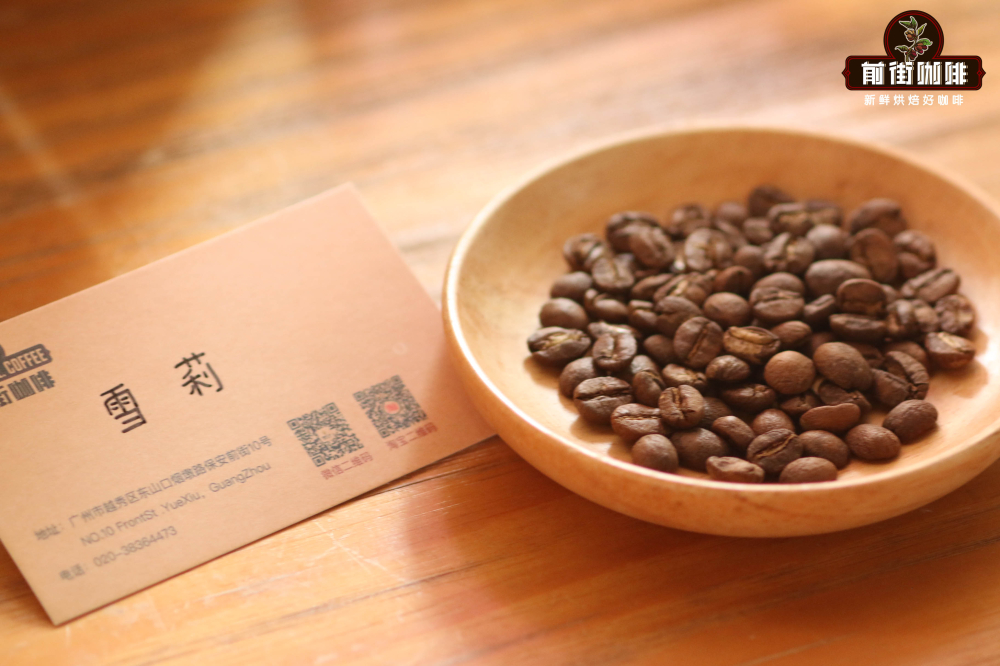
Kenyan coffee beans
Kenyan coffee is famous for its bright acidity. In the 1930s, Kenya screened seeds through Scott's laboratory and selected SL28 and SL34 for cultivation across the country. Kenyan coffee beans are divided by size, the best is AA, followed by AB. The advantage of dividing by size is that after breeding, the large grains of coffee beans represent fullness, high quality, and are also very friendly to baking. In this way, the quality of Kenyan coffee can be guaranteed.
Qianjie attributed the classic Kenyan acid quality to Kenya's 72-hour washing treatment. The Kenyan process involves a 24-hour washing and fermentation process, then cleaning up the exfoliated pectin, fermenting for another 24 hours in a clean pool, and then fermenting for another 24 hours to 72 hours. This high degree of washing stably controls the quality and shows bright acidity and clean sweetness.
The former street of Asalia, Kenya, for example, its flavor is solid baby tomato acid, plum, Brin.

Costa Rican coffee beans
Costa Rica is the country where coffee was first introduced into Central America and has a long history. The coffee organization has a complete system from production to marketing. Because it is located in the Central American Gorge, the volcanic soil is very fertile and the drainage is good, especially in the central plateau CentralPlateau, where coffee is grown for the fertile volcanic ash of the volcanic terrain, mild and suitable temperature, and stable and abundant rainfall, coffee has become one of the factors of major agricultural products. Its coffee beans are all Arabica species. Pure flavor, pleasant aroma, unassailable balance in acidity and taste, coffee with full particles, ideal acidity and unique strong aroma.
Qianjie chose the coffee beans from Tara Zhu as the representative of Costa Rica's rations. Coffee is grown here at an altitude of 1500 meters, the variety is Kaddura, using washing treatment, the flavor is characterized by sweet orange, toffee, chocolate.
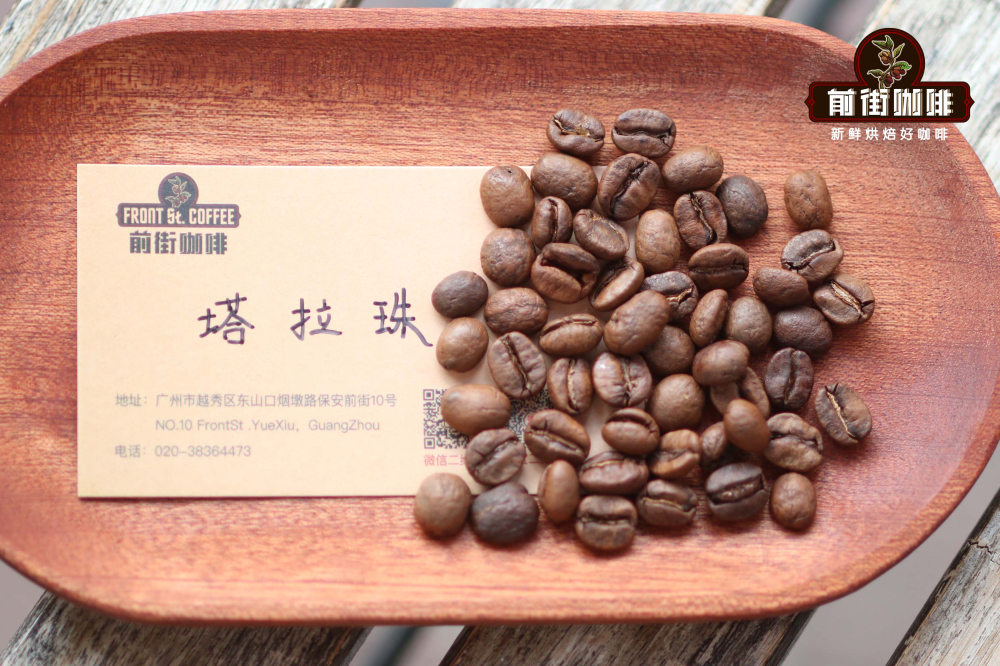
Guatemalan coffee beans
Guatemalan coffee beans are famous for their special smoky taste, and the front street chooses tiny South Fruit coffee beans as the representative of Guatemala's rations.
Vivette Nan Fruit, located in the highlands of northwestern Guatemala, is famous for producing high-quality beans. The coffee in this region has citrus-like acidity, rich taste, high mellow thickness and smoky flavor.
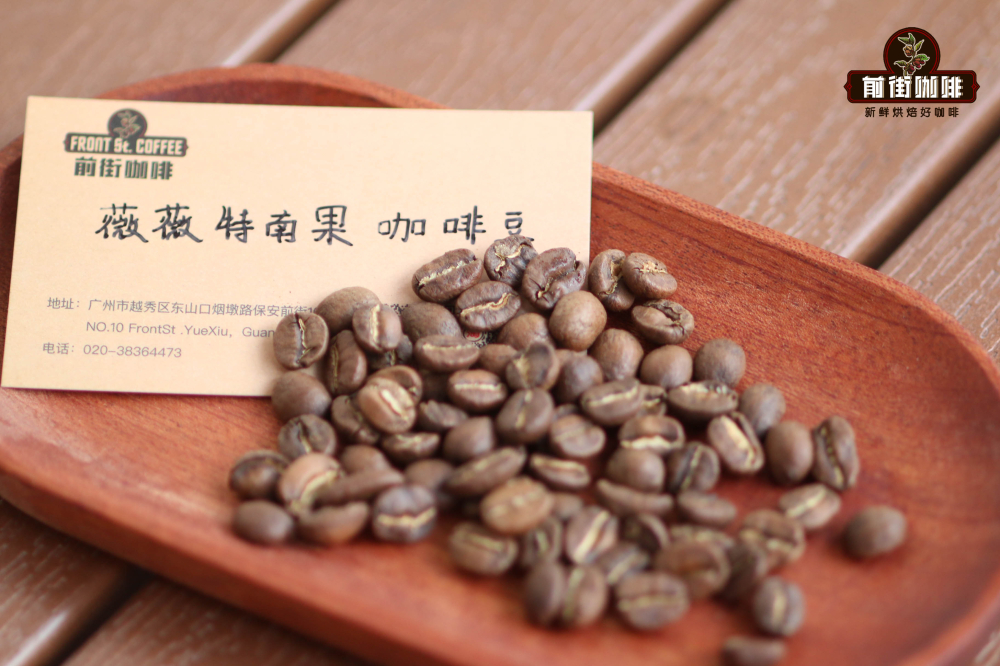
Professional coffee knowledge exchange more coffee bean information please follow the coffee workshop (Wechat official account cafe_style) more boutique coffee beans please add private Wechat Qianjie coffee, WeChat: qjcoffeex
Important Notice :
前街咖啡 FrontStreet Coffee has moved to new addredd:
FrontStreet Coffee Address: 315,Donghua East Road,GuangZhou
Tel:020 38364473
- Prev
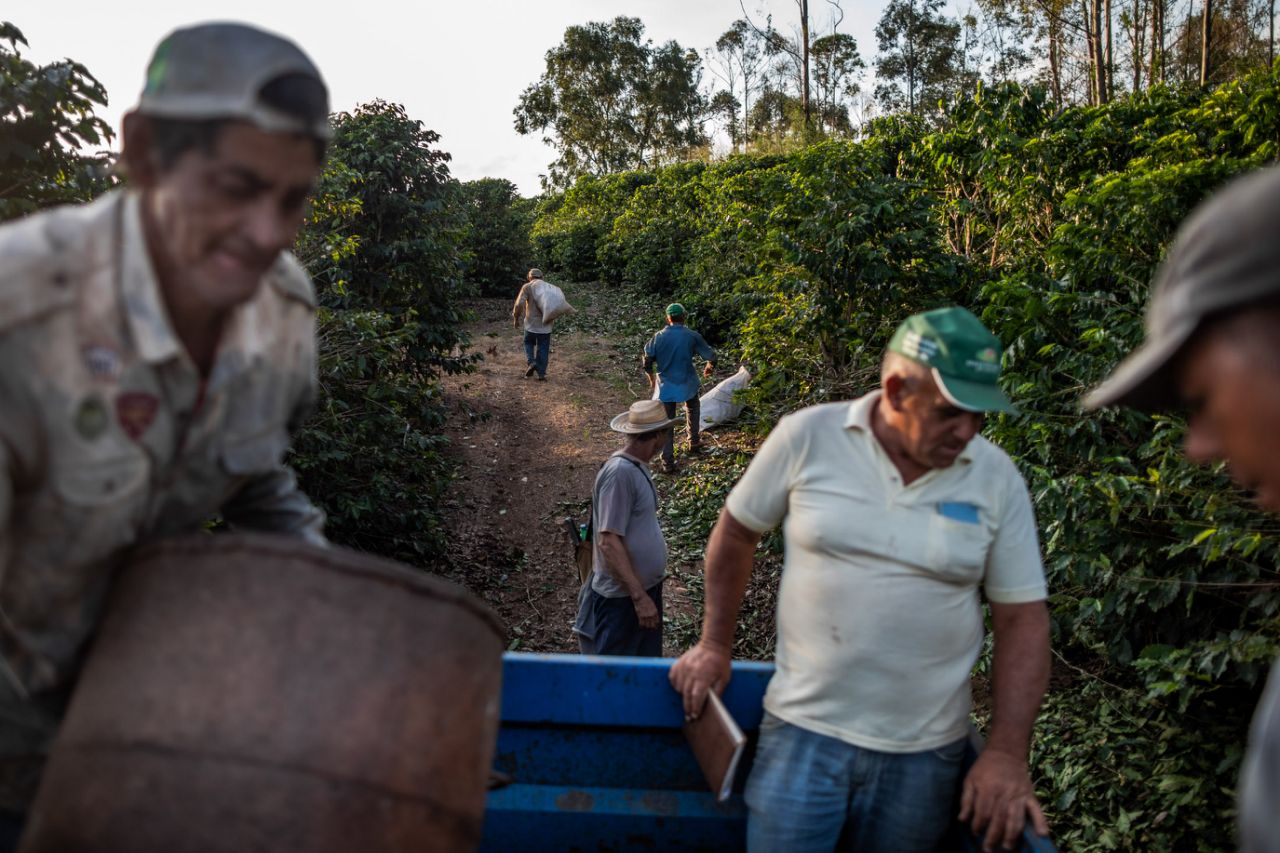
Coffee is getting cheaper, but Brazil has found a way to increase production quickly at a low cost.
Professional coffee knowledge exchange more coffee bean information follow coffee workshop (Wechat official account cafe_style) Rodrigo Freitas Silva (Rodrigo de FreitasSilva) Coffee farm in the heart of Brazil is booming, even after the worst price crisis in decades. In the past decade, the 41-year-old man has planted his noodles
- Next
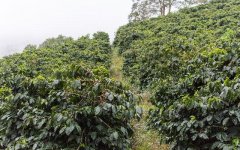
The difference between Brazilian coffee beans and Vietnamese coffee beans introduction to the flavor characteristics of Brazilian coffee beans
Professional coffee knowledge exchange more coffee bean information please follow the coffee workshop (Wechat official account cafe_style) below we will discuss what factors make Brazil, Vietnam and Colombia become the top three producing areas, and the impact of coffee on these three countries. Brazil, known as the coffee giant, Brazil
Related
- Does Rose Summer choose Blue, Green or Red? Detailed explanation of Rose Summer Coffee plots and Classification in Panamanian Jade Manor
- What is the difference between the origin, producing area, processing plant, cooperative and manor of coffee beans?
- How fine does the espresso powder fit? how to grind the espresso?
- Sca coffee roasting degree color card coffee roasting degree 8 roasting color values what do you mean?
- The practice of lattes: how to make lattes at home
- Introduction to Indonesian Fine Coffee beans-- Java Coffee producing area of Indonesian Arabica Coffee
- How much will the flavor of light and medium roasted rose summer be expressed? What baking level is rose summer suitable for?
- Introduction to the characteristics of washing, sun-drying or wet-planing coffee commonly used in Mantenin, Indonesia
- Price characteristics of Arabica Coffee Bean Starbucks introduction to Manning Coffee Bean Taste producing area Variety Manor
- What is the authentic Yega flavor? What are the flavor characteristics of the really excellent Yejasuffi coffee beans?

